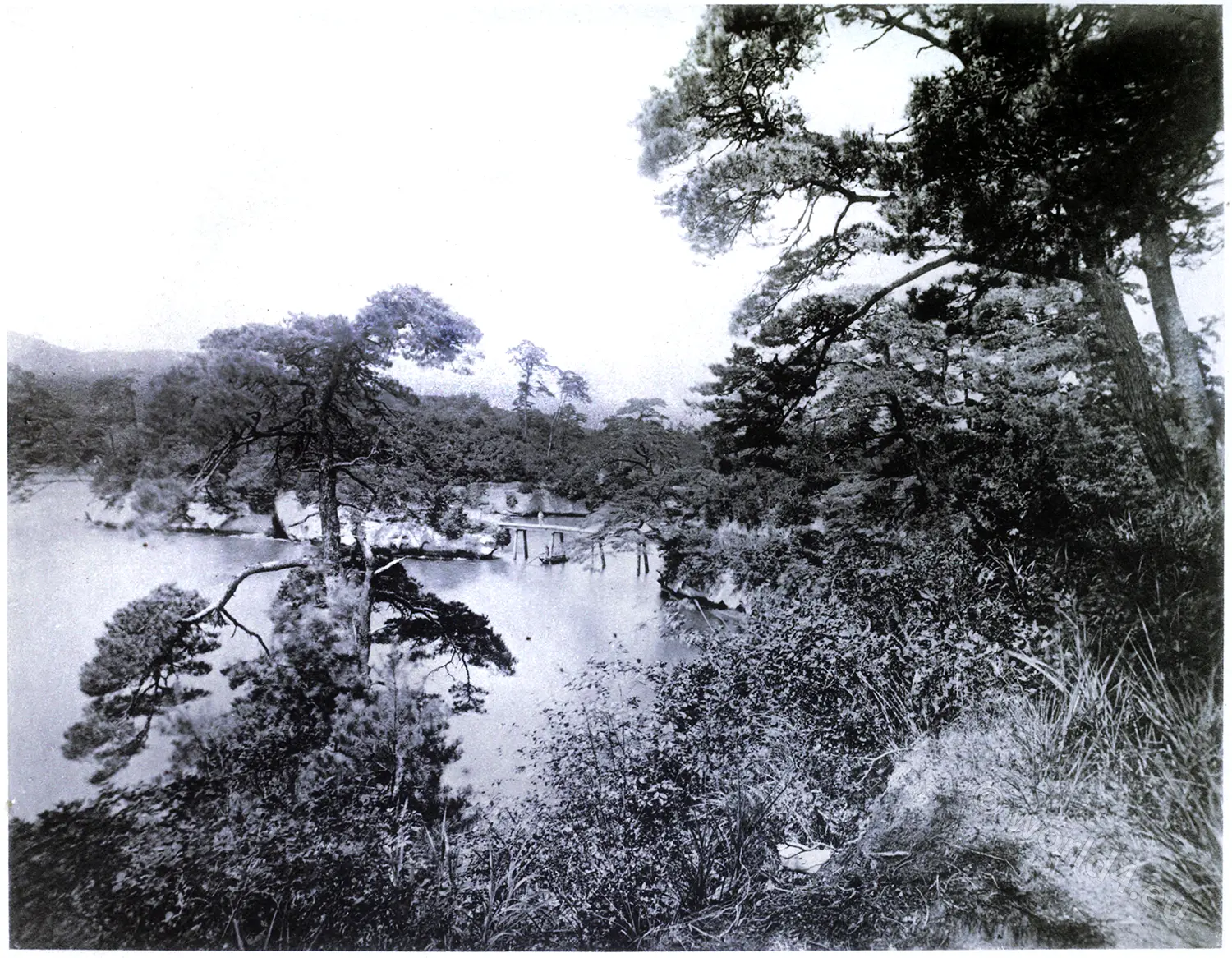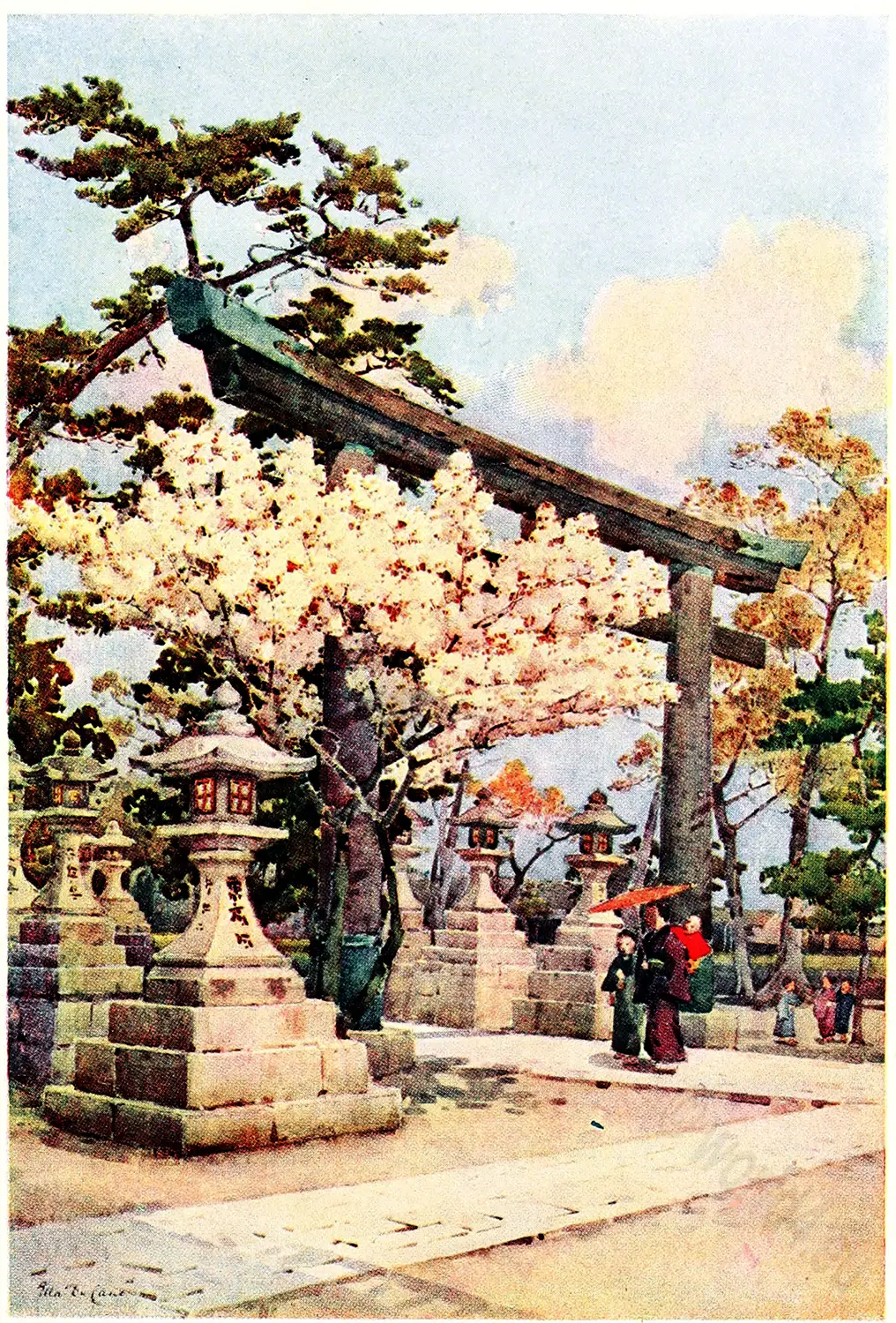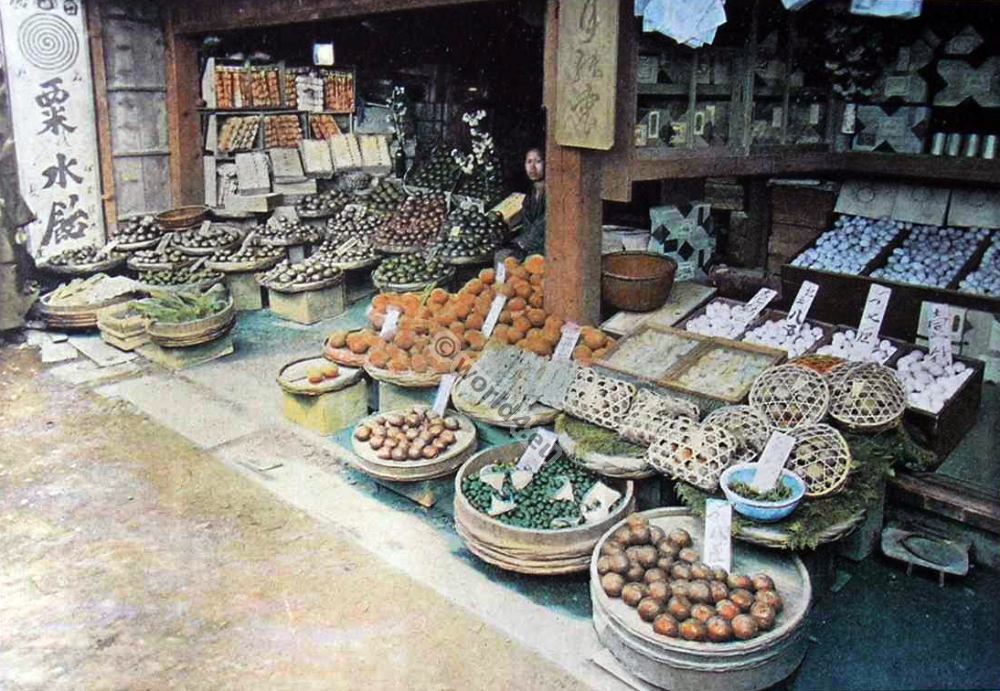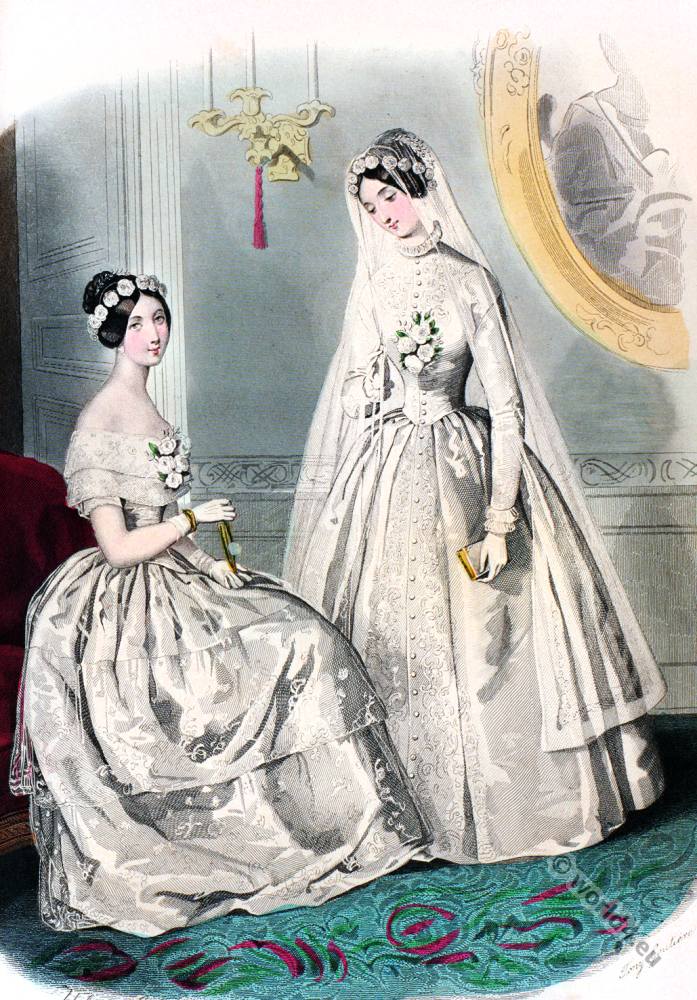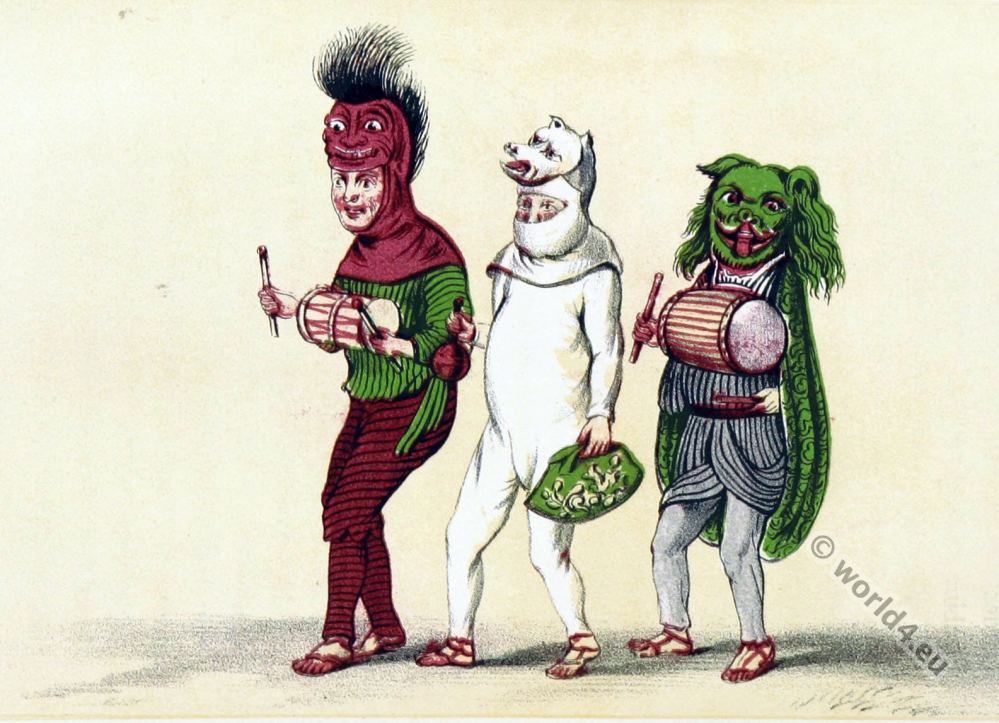ARRANGING FLOWERS.
The arrangement of flowers is both an art and a science in Japan. The guiding principle is not contrast of color but linear effect, and a certain symmetry without regularity.
Traditional rules established by the various “flower schools” have prevailed since the sixteenth century. The subject, which is intricate and difficult, cannot be fully appreciated by a foreigner, but those who have studied it carefully assert that it is “immeasurably superior to the barbaric massing of colours that constitutes the whole of the corresponding art of the West.”
The Technical Aspects of Flower Arrangement
The traditional Japanese art of flower arrangement, or Ikebana, requires mastery of various technical aspects to achieve its distinct aesthetic. Central to Ikebana is the elegance in balancing line, form, and space, underpinned by principles that guide the placement and choice of each element in the composition.
Critical techniques in Ikebana include the careful selection and trimming of flowers and branches, often done with precision tools such as floral scissors and kenzan (needle-point holders). The foundation of any arrangement is typically a central stem that establishes the primary line, known as “shin,” which is complemented by secondary lines called “soe” and “hikae.” These elements create a harmonious balance, symbolic of heaven, earth, and humanity.
Ikebana is categorized into various styles, each with its unique characteristics and methods. Rikka, one of the oldest forms, features tall, elaborate compositions that reflect natural landscapes. Shoka, on the other hand, is more simplistic, emphasizing three main elements: heaven, earth, and man. Modern Free Style Ikebana allows for more personal creative expression, often incorporating unconventional materials and abstract forms.
The choice of flowers and foliage is not merely aesthetic but carries emotional and thematic significance. Flowers such as cherry blossoms represent transient beauty, while chrysanthemums signify longevity. The colors and textures are meticulously selected to convey harmony or contrast, accentuating the emotional resonance of the arrangement.
Moreover, the concept of “ma” or negative space plays a vital role in Ikebana, where the deliberate use of empty spaces highlights the form and beauty of the flowers. Balance and color harmony are meticulously achieved through mindful arrangement, ensuring that each composition communicates a specific feeling or narrative.
Ultimately, mastering the technical aspects of Ikebana involves more than just arranging flowers. It is an art form that cultivates a deeper connection with nature, encouraging practitioners to reflect on the interplay between the earthly and spiritual worlds.
Source: Source: JAPAN. Described and Illustrated by the Japanese. Written by Eminent Japanese Authorities and Scholars. Edited by Captain F Brinkley (1841 – 1912) of Tokyo Japan. With an Essay on Japanese Art by Kakuzo Okakura (1860 – 1929) Director of the Imperial Art School at Tokyo Japan. 1897.
Discover more from World4 Costume Culture History
Subscribe to get the latest posts sent to your email.



